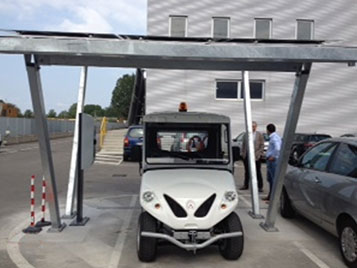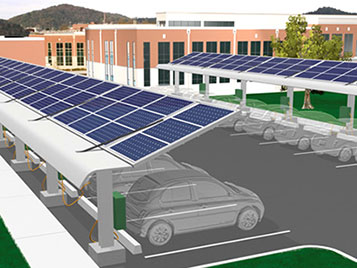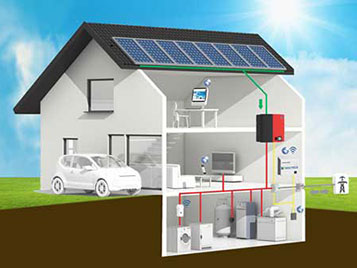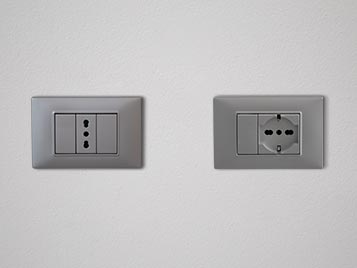
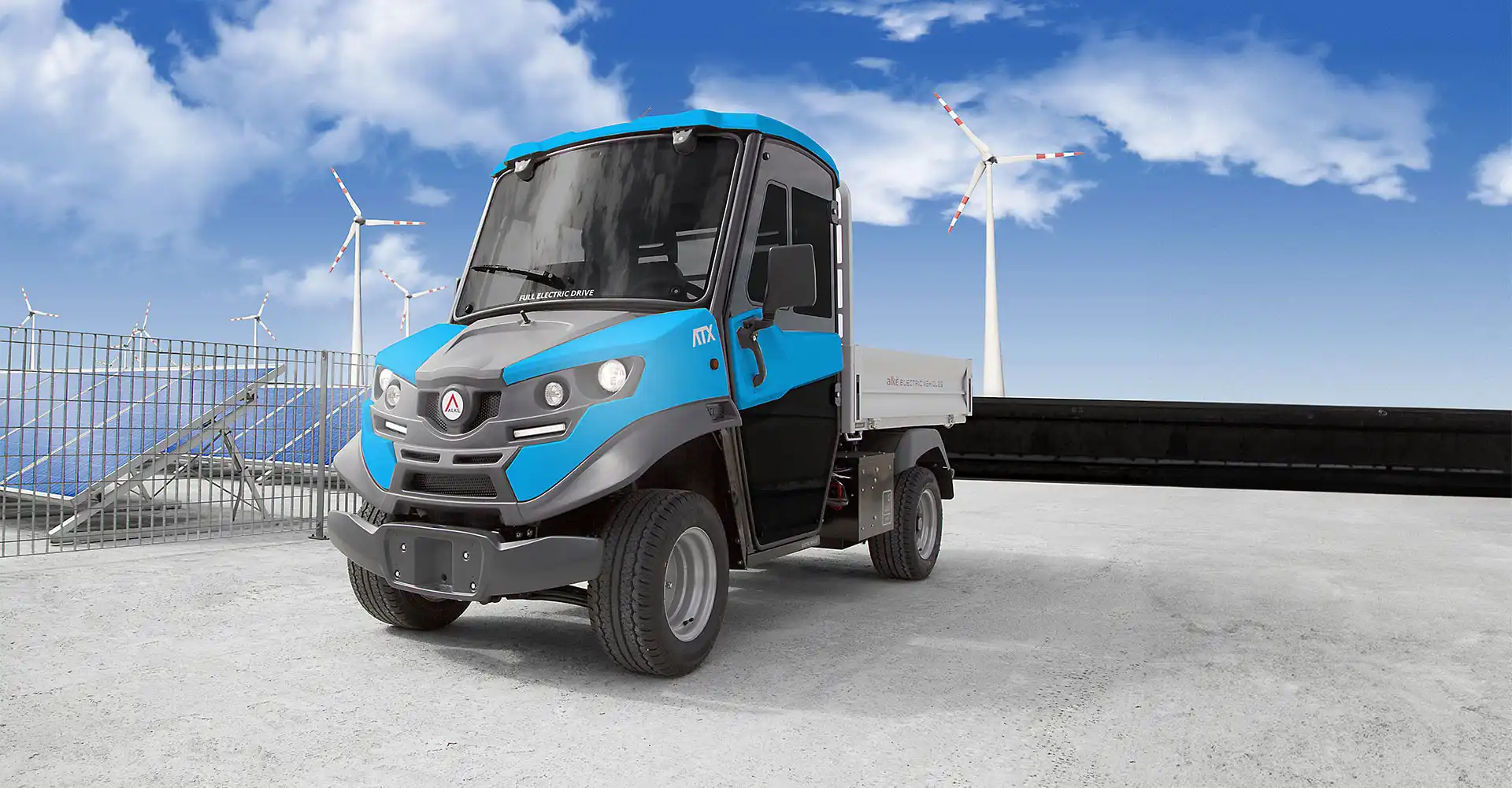
The recharge of electric vehicles and cars using solar panels makes zero emission mobility totally eco-friendly, relying totally on clean energy. Let's explain how it works and the benefits.
Photovoltaic - electric vehicles: Main Benefits
- Self-consumption of energy and thus a further reduction in costs
- Greater reduction of CO2 emissions with the use of clean energies
- Green and eco-friendly image
- Completely eco-sustainable mobility
Recharge electric cars and vehicles with photovoltaic system
Thanks to the use of solar panels to recharge electric cars, electric mobility is entirely based on clean energy sources, respecting and protecting the environment. Solar panel shelters, or other photovoltaic systems, are capable of powering domestic or business appliances as well as electric vehicles and offer a significant financial advantage. The combination of solar panels - storage systems - electric vehicles can be tempting for more than just the economic advantages. Many individuals and businesses will find this technology appealing as a matter of ideology or for the PR benefits, and some large corporations are already working in that direction. Solar panels with storage systems allow you to use the vehicles during the day and charge them at night, so they are ready for use the next day. These integrated systems – capable of providing clean, renewable energy – can be used in household, business and public settings and make thoroughly eco-friendly mobility possible.
Photovoltaic system and electric car, a winning pair
Charging stations, powered by solar panels installed on the roofs or shelters of the car park and equipped with a power storage system, provide guaranteed power for electric vehicles during the day. Whereas installing solar panels directly on the vehicles would prove inefficient due to the limited surface area. The financial savings and environmental sustainability offered by this solution are the reasons that integrated solar power systems are gaining ground. Such systems are the future and have been adopted by municipal governments, large-scale retailers and, in some cases, even individuals. The self-consumption of solar energy, paired with storage systems and an electric vehicle, creates an efficient and effective integrated system, both from a financial perspective and in terms of environmental impact.
Frequently asked questions about Alke' electric vehicles *
| What is the battery capacity in kWh? The battery has a capacity of 20 kWh, but drainage is 80% so the actual capacity is 16 kWh, and it takes (approximately) 18.5 kWh from the grid. |
| How many kilometres can I travel in winter and summer? The maximum autonomy of Alkè vehicles is 200 km (under optimal conditions). Using the air conditioner or electric heating reduces autonomy by 15%. |
| How long does it take to recharge a vehicle? The charging time for a 20 kWh Lithium battery is 6.5 hours. With rapid charging it takes 2.6 hours, in this case a Fast Charger and a three-phase 380 volt industrial system are needed. |
| If I have battery storage with my 6 kW system how many kilometres can I recharge? The output from a 6 kW photovoltaic system with battery storage allows me to charge my vehicle with the amount of renewable energy indicated in the table below. The table offers a sample breakdown of the number of kilometres that can be recharged each night for each individual month, taking the city of Rome (Italy) as a reference (the figures can, of course, vary on the basis of weather conditions and geographic location). |
* The data refers to the ATX 340E model with a 20 kWh lithium battery.
| Month [ Rome - Italy ] | Average daily output [ 6 kW system ] kWh/day |
Km charged per night | |||
| January | 14.10 | 152 | |||
| February | 19.36 | Full charge | |||
| March | 22.80 | Full charge | |||
| April | 24.80 | Full charge | |||
| May | 26.40 | Full charge | |||
| June | 28.20 | Full charge | |||
| July | 29.60 | Full charge | |||
| August | 28.80 | Full charge | |||
| September | 25 | Full charge | |||
| October | 20.60 | Full charge | |||
| November | 15.60 | 169 | |||
| December | 13.66 | 148 |
How to recharge an electric car
Electric cars, including Alkè commercial vehicles, can be recharged using four different types of sockets: the blue industrial socket, red industrial socket (380V), Schuko socket and Italian household socket, the power grid must be able to supply 16A for at least 8 hours continuously. The electric system must therefore be suitably sized. Recharging is possible with a power level of 3 kW but, in this case, there must be no other consumption during the recharging cycle. The use of adapters must be avoided at all costs when charging electric vehicles. A blue industrial socket is however recommended for the main recharging station, with a 380V red industrial socket for the fast charge point.


